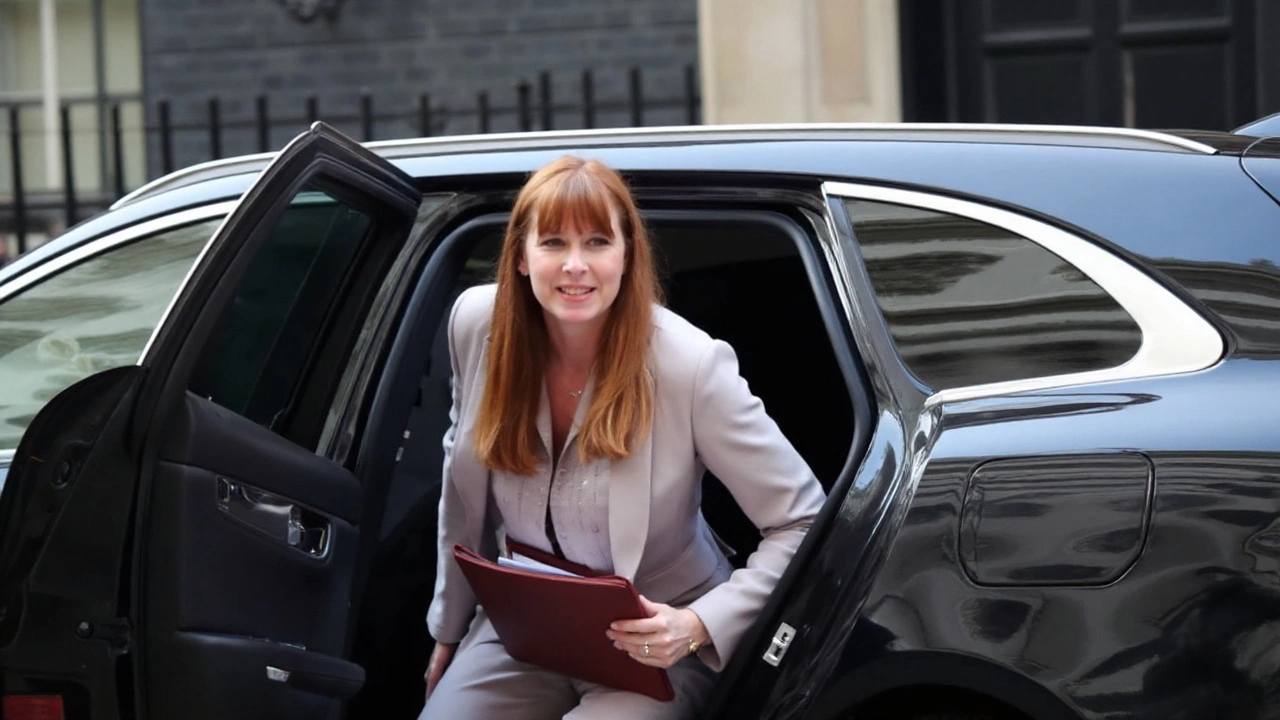Property Trust: What It Is and Why It Matters
When working with Property Trust, a legal vehicle that holds real‑estate or other assets for the benefit of designated parties. Also known as real‑estate trust, it lets owners separate legal title from beneficial interest, making management smoother and protection stronger.
A Beneficiary, the person or entity that receives income or ownership rights from the trust is the core reason people set up a property trust. The beneficiary enjoys the economic benefits while the trust itself shields the underlying asset from creditors or probate delays. Meanwhile, a Trustee, the fiduciary appointed to manage the trust according to its terms carries the day‑to‑day responsibility, from collecting rent to filing tax returns. This trio—trust, beneficiary, and trustee—creates a clear chain of ownership that can survive death, divorce, or lawsuits.
How Property Trust Connects to Estate Planning and Asset Protection
Understanding a property trust often starts with Estate Planning, the process of arranging how assets will be handled after death. Estate planning influences the trust’s structure: you decide whether to use a revocable trust for flexibility or an irrevocable trust for stronger protection. A well‑drafted trust can reduce estate taxes, bypass costly probate, and keep family wealth inside the intended line.
Another related concept is Asset Protection, strategies that shield personal wealth from legal claims or creditors. Property trusts are a popular tool for asset protection because the legal title rests with the trustee, not the individual owner. This separation means a creditor targeting the owner may hit a wall when the trust assets are insulated by law.
Putting these ideas together, three semantic triples emerge: (1) Property Trust encompasses asset protection; (2) Property Trust requires a trustee; (3) Estate planning influences Property Trust design. Each connection shows why the trust sits at the center of a broader wealth‑management strategy. When you add the beneficiary into the mix, the equation becomes even clearer: the beneficiary receives benefits, the trustee administers the trust, and the property trust itself safeguards the underlying asset.
In practice, property trusts come in several flavors. A living trust lets you retain control while you’re alive and then transfers ownership automatically on death. A land trust, often used by real‑estate investors, keeps the deed in a trustee’s name, making it easy to sell or refinance without public record changes. Some families opt for a charitable remainder trust, which provides income to beneficiaries before donating the remainder to charity, merging philanthropy with tax efficiency.
Real‑world examples illustrate the power of a property trust. A landlord with multiple rental units can place each property into a separate trust, limiting exposure if one tenant sues. A homeowner worried about future lawsuits can transfer their house into an irrevocable trust, keeping it out of reach from potential claimants. Even a small family can set up a trust to ensure a child’s education expenses are covered without grieving over probate delays.
Setting up a property trust isn’t a DIY weekend project. You’ll need a qualified attorney who understands trust law, a reliable trustee—often a professional entity—and clear documentation that outlines the trust’s purpose, powers, and distribution rules. Once established, regular reviews keep the trust aligned with changing tax laws, family circumstances, and investment goals.
Below you’ll find a curated collection of articles that dive deeper into each piece of this puzzle. Whether you’re curious about the legal steps, tax implications, or real‑estate strategies, the posts will give you concrete tips and real‑world scenarios to help you decide if a property trust fits your plan.

Angela Rayner stamp duty row: what went wrong and what happens next
Angela Rayner admits underpaying stamp duty on her £800,000 Hove flat after transferring her former family home into a trust for her disabled son. Fresh advice says she owes the higher second-home rate, adding about £40,000. HMRC could levy penalties if it finds carelessness or deliberate avoidance. The case spotlights how complex and confusing UK stamp duty rules can be.
Read More